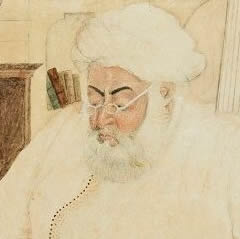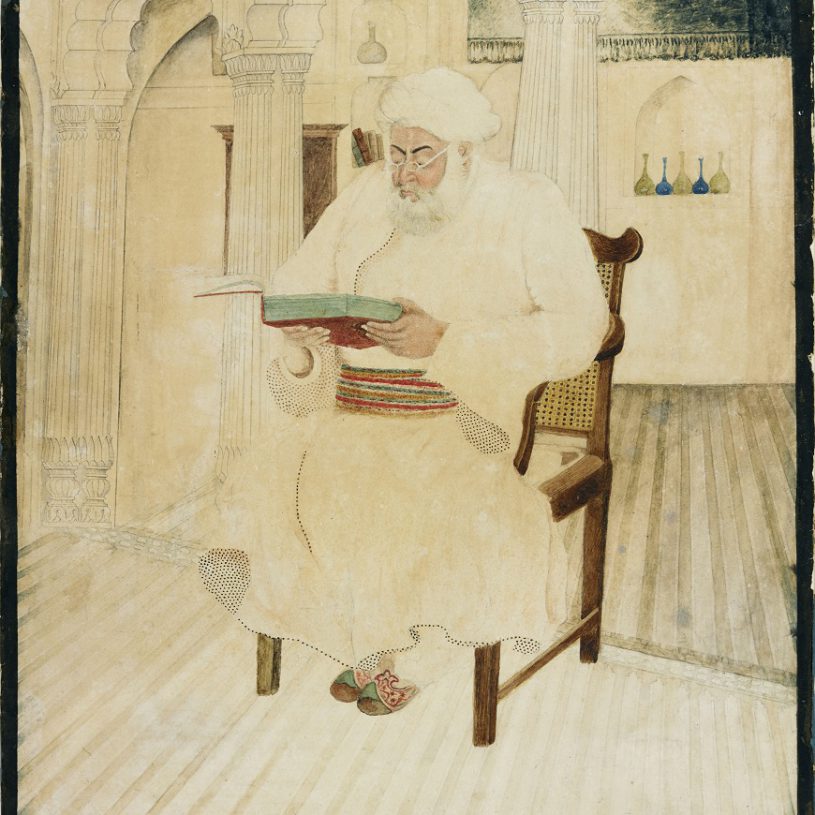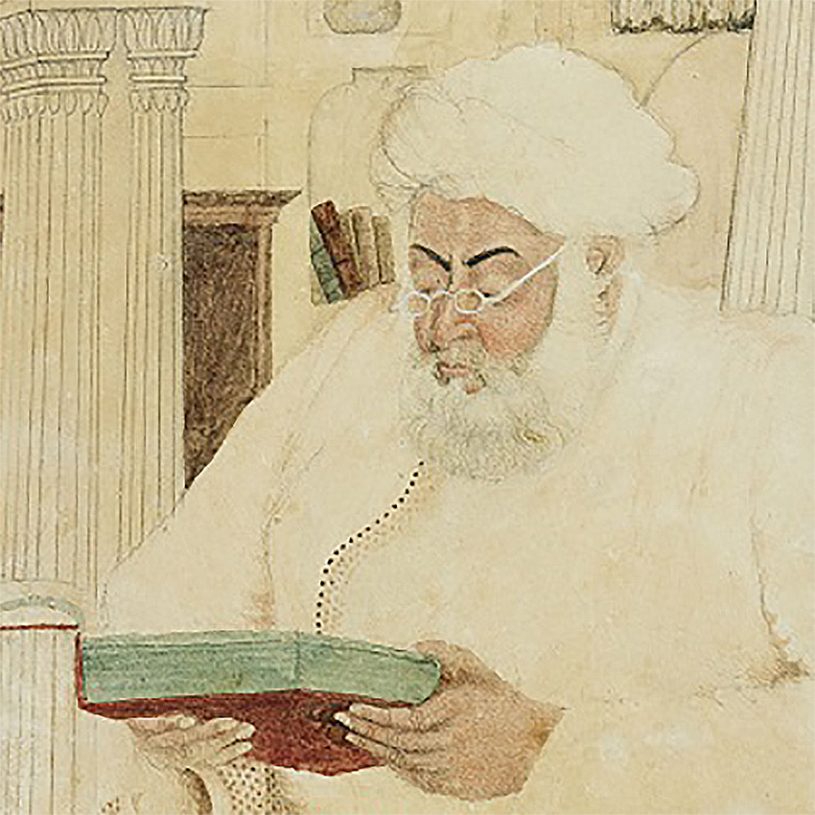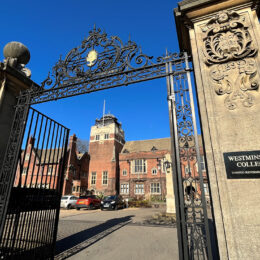Exploring the world of art, history, science and literature. Through Religion

Welcome to TreasureQuest!
Look through the treasures and answer the questions. You’ll collect jewels and for each level reached, earn certificates.
How far will you go?
You need an adult’s permission to join. Or play the game without joining, but you’ll not be able to save your progress.
Abdul Masih converted from Islam to Christianity and tried to persuade other Muslims to do the same.






Are there links to current religious practices or a modern equivalent?
Abdul Masih was a convert from Islam to Christianity and was baptised in 1811. He changed his name from Shikh Salih, to one that means ‘servant of the messiah.’ He evangelised other Muslims to try and persuade them to convert to Christianity. Conversion from one religion to another still occurs today, though it is often controversial.

Where is it from, where is it now?

PDFs
Cambridge Centre for Christianity Worldwide
Abdul Masih (1776-1827) an Icon of Indian Indigeneity
Graham King
IBMR 23/2. (April,1999)












 Faculty of Divinity
Faculty of Divinity